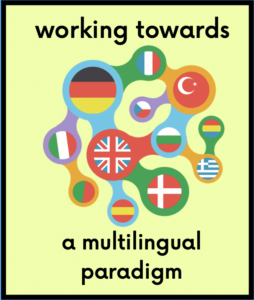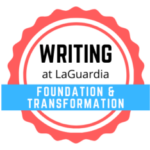
1) To better understand their language backgrounds, ask students to fill out one of the questionnaires at the beginning of the semester. Feel free to modify them.
- Student Questionnaire on Language Background
- Multilingual Language Use Questionnaire
- Attitudes Toward Language
2) To enhance comprehension of an assigned text, give students the option to paraphrase select passages in their heritage language.
3) To further enhance comprehension, invite students to recontextualize issues or characters in their heritage culture or society. For example, “This happens in New York City. But if this issue happened in another society such as …, would people react differently? How?” or “If the character finds herself in another culture such as …, what would happen to her? Explain.”
4) To improve usage and vocabulary, encourage students to use bilingual dictionaries such as the online Cambridge Dictionary. The following handout introduces students to the different features and options of this dictionary:
Using Dictionaries for Writing
After the introduction, let students explore the dictionary by doing the following exercises and reflection:
Please note that the Cambridge Dictionary has both monolingual and multilingual options. It has two-way⇄ bilingual dictionaries:
English ⇄ French; English ⇄ Germany; English ⇄ Indonesian; English ⇄ Italian; English ⇄ Japanese; English ⇄ Polish; English ⇄ Portugese; English ⇄ Spanish.
The Dictionary has also one way➞ semi-bilingual options:
Dutch→English; English→Arabic; English→Catalan; English→Chinese (Simplified); English→Chinese (Traditional); English→Czech; English→Danish; English→Korean; English→Malay; English→Norwegian; English→Russian; English→Thai; English→Turkish; English→Vietnamese




Leave a Reply